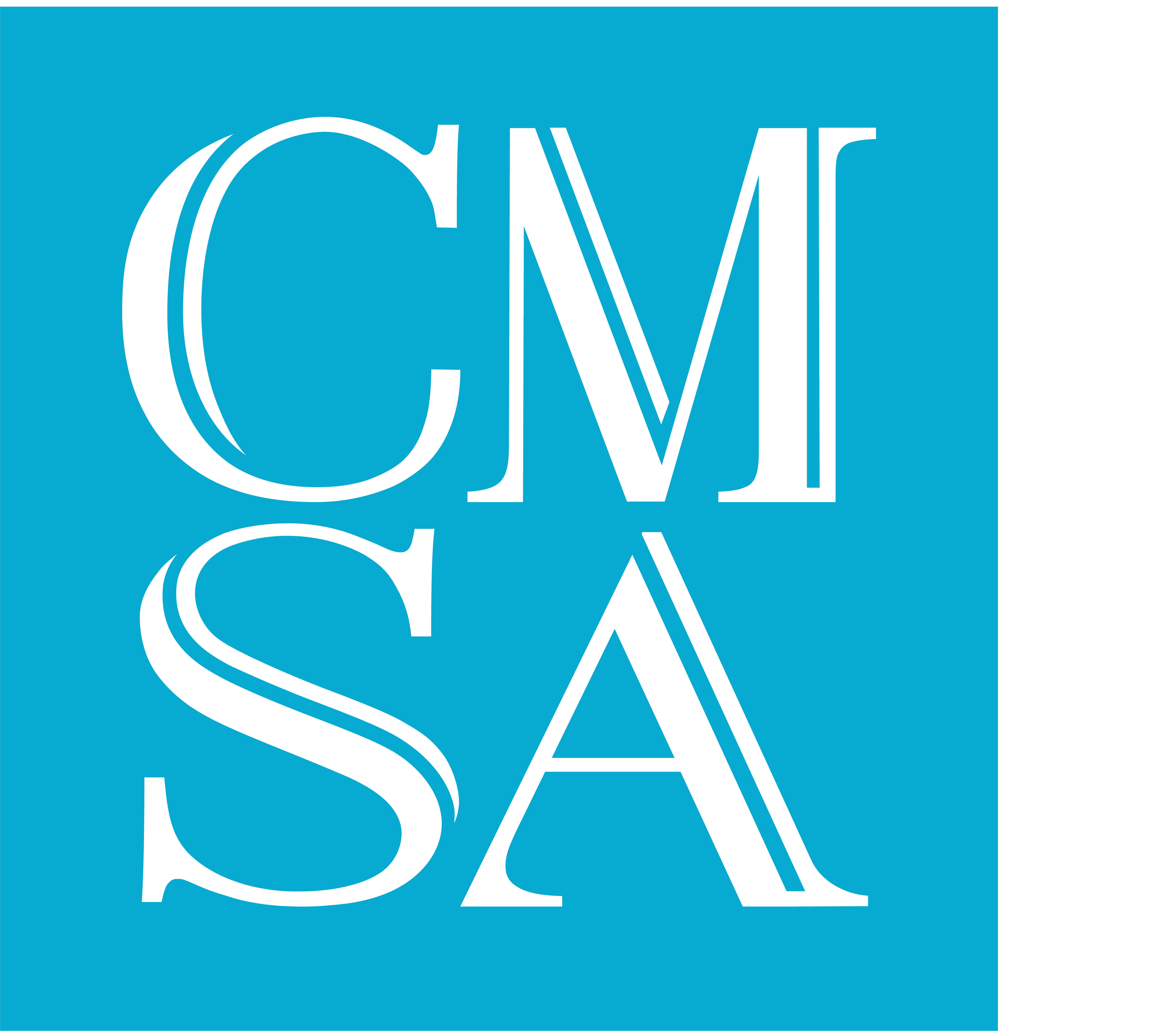Self-Sustaining Properties: Gardens to Bunkers
Self-Sustaining Properties: Gardens to Bunkers
The world is changing, and the desires of luxury homeowners are shifting in surprising ways. Increasingly, people are interested in moving away from crowded communities to more remote, self-sustaining communities and lifestyles. In a recent blog, we discussed building a custom home on a large property and what details that may include. Today, we explore the concept of a self-sustaining homestead – from permaculture to bunkers; today’s custom home buyers are considering a unique way of living.
Creating a self-sustaining property involves integrating various elements such as food gardens, renewable energy sources, water management, and alternate shelter solutions like bunkers. This holistic approach not only enhances resilience but also promotes sustainability and self-sufficiency.
Self-Sustaining Properties: Land Use and Garden Design
Permaculture Principles: Designing the property using permaculture principles emphasizes collaboration with nature. Designers may create zones based on frequency of use, placing gardens and food production areas closer to the living spaces for easy access.
Food Gardens: Gardens should establish diverse vegetable crops, focusing on perennial plants for lower maintenance. Raised beds and vertical gardening can maximize space and make cultivation more accessible, while companion planting naturally repels pests and improves overall success.
Greenhouse: Incorporating a greenhouse will extend the growing season. This controlled environment allows for year-round cultivation of crops while also providing a space for starting seedlings sheltered from severe weather, drought, and sun-scorching.
Fruit Trees and Berry Bushes: Planting a variety of fruit trees and berry bushes in an orchard will diversify food sources and provide natural windbreaks. Choose native, hardy varieties to enhance local biodiversity and require minimal maintenance.
Self-Sustaining Water Management Systems
Rainwater Harvesting: Installing rainwater harvesting systems will allow property owners to collect and store water for irrigation and non-potable uses. These systems can significantly reduce reliance on municipal water systems.
Greywater Systems: Greywater recycling systems are designed to repurpose water from sinks, showers, and washing machines for irrigation, conserving freshwater resources and promoting efficiency.
Natural Water Features: By creating ponds or swales to manage runoff, homeowners can also provide habitat for wildlife and establish aquaculture for additional food sources.
Sustainable Living: Energy Solutions
Renewable Energy: To generate renewable energy to power the property, install solar panels or wind turbine systems that can store excess energy in batteries. These systems will also reduce overall dependence on external energy sources and provide power during an outage.
Biomass Heating: Utilizing wood or agricultural waste in a small wood-burning stove or biomass furnace can provide heat in cooler winter months. In Florida, this will likely provide adequate heat on chilly evenings and significantly reduce the need for conventional electric heating.
Energy Efficiency: Energy-efficient, sustainable designs include proper insulation, passive solar design, and energy-efficient appliances.
True Self-Sufficiency: Shelter and Bunkers
Underground Bunkers: Bunkers or underground shelters can provide protection from extreme weather or natural disasters – and may be invaluable in times of emergency. These structures are also ideal for food, tools, and supply storage.
Accept Community
While self-sustaining living is the goal, you shouldn’t attempt to live in a remote area without some community support. Look for opportunities to engage with neighbors to share skills and resources. You may wish to host informational workshops on gardening, renewable energy systems, and self-sufficiency skills conducted by experts in those areas. Sharing information not only empowers individuals but also fosters a culture of sustainability. As you progress, record successes, failures, and lessons learned. This documentation can be a valuable resource for future generations or others interested in self-sustaining living.
There are many reasons to pursue a completely self-sustaining lifestyle, but all of them require careful planning and design. If you want to build a unique, one-of-a-kind property, call CMSA Architects. For over 30 years on the Gulf Coast, we have been committed to transforming client vision into dream properties.
You Might Also Like
Getting to Know Rick Oswald: President of CMSA Architects
If you’ve had the pleasure of working with CMSA Architects, chances are you’ve crossed paths with our President, Rick Oswald. With a rich background in architecture and a creative spirit that’s hard to miss, Rick [...]
Behind the Design: Life as an Office Manager
What keeps the vibrant creative world of an architecture firm thriving from the shadows? An Office Manager. Serving as the central linchpin, they ensure the architects focus on their craft, unimpeded by the myriad operations [...]
Form, Function and Structure in Ancient and Modern Architecture
When we talk about Architecture, especially contemporary or mid-century architecture, the shapes and forms, the aesthetic, stunning, timeless, and clean appearance, are among the most important aspects of the building we want to create [...]
The Relationship Between a Building, the Environment, and the Occupants Inside
For as long as humans have roamed this Earth, they have developed shelters to protect themselves from the elements. These shelters later developed into homes, and over time people discovered techniques to not only make [...]
A Drafter’s Perspective: Experiencing Homebuilding for the First Time
Architecture is an exercise in precision, vision, and problem-solving. Every home begins as an idea—an intricate composition of structure, proportion, and materiality. As architects, we shape these ideas into reality, meticulously detailing each element to [...]



